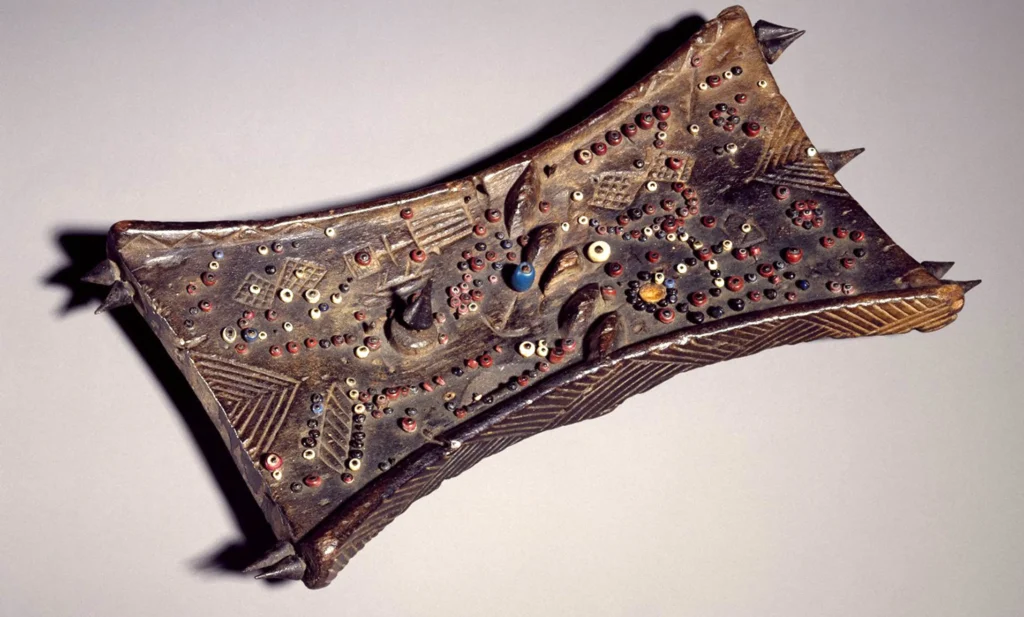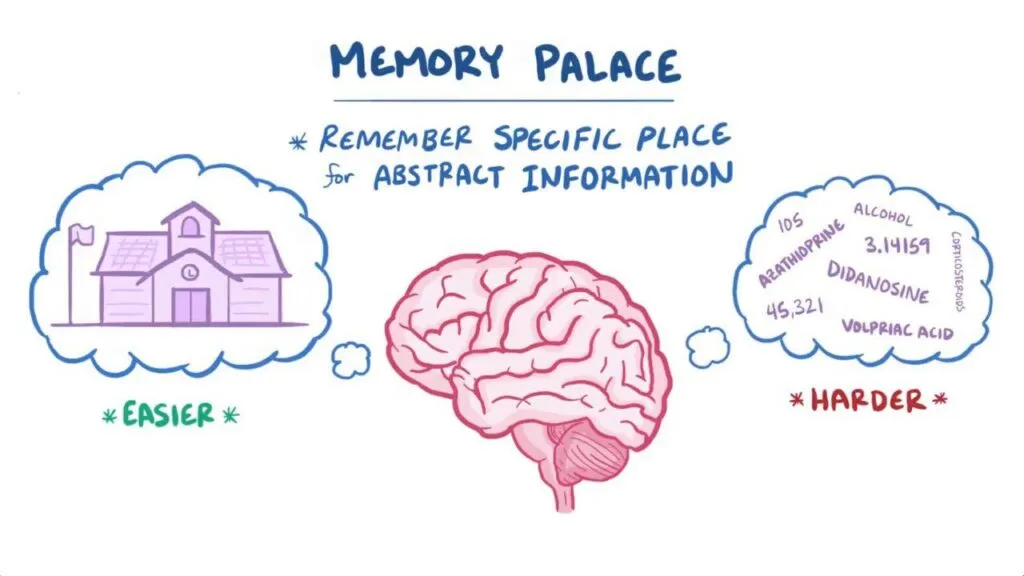“The Memory Palace: A 2,000-Year-Old Method to Remember Almost Anything”

Forgetting names, facts, or tasks has become almost routine in our modern, information-overloaded world. But what if there was a technique—thousands of years old—that could help you remember anything with astonishing clarity and speed?
This isn’t science fiction or a brain-training app. It’s a technique known as the Memory Palace, or the Method of Loci, and it dates back to Ancient Greece. Used by orators, scholars, monks, and even modern-day memory champions, it remains one of the most effective and scientifically supported mnemonic tools ever developed.
Let’s explore how it works, why it’s so powerful, and how you can use it today to remember nearly anything—from a grocery list to a full presentation, or even hundreds of digits of pi.
1. What Is the Memory Palace Technique?
The Memory Palace technique involves visualizing a familiar physical space—like your house, school, or childhood neighborhood—and mentally placing information you want to remember in specific “locations” along a route through that space.
When you want to recall the information, you “walk” through the memory palace in your mind, retrieving each piece of information from its location.
🏛️ Origin:
- First described by Cicero, the Roman orator, in his work De Oratore.
- The technique is believed to have originated from a Greek poet named Simonides of Ceos, who survived a building collapse and later identified bodies by mentally reconstructing where people were sitting—thus linking memory with location.
2. How It Works: The Neuroscience Behind the Magic
Modern neuroscience supports the technique:
- The hippocampus, a brain region critical for memory, is also involved in spatial navigation.
- When you visualize a place and “store” information there, you’re tapping into a dual encoding system—using both spatial and visual memory.
- The brain is exceptionally good at remembering places and images—so this technique uses evolutionary strengths to enhance memory.
In studies, participants using the Method of Loci perform significantly better on memory tasks than control groups, and it’s frequently used in competitive memory sports.

3. Step-by-Step: Building Your Own Memory Palace
🧠 Step 1: Choose Your Palace
Pick a place you know extremely well—it could be:
- Your home
- A walk to work
- A familiar building or street
🚪 Step 2: Define a Route
Mentally walk through the space in a logical, consistent order. For example:
- Front door
- Living room
- Kitchen
- Bedroom
- Bathroom
🪑 Step 3: Identify Key Locations (Loci)
At each location, choose distinct landmarks—like a couch, desk, sink, bed, etc. These are your “hooks” for storing information.
🎭 Step 4: Visualize Vivid Associations
At each locus, place a visual image that represents what you want to remember. The more bizarre, funny, or emotional the image, the better.
Example: To remember to buy eggs, imagine a giant chicken laying eggs on your couch.
🧭 Step 5: Practice Walking the Route
Rehearse your journey, mentally visiting each location and recalling the images you placed there. With repetition, the path becomes solid, and the data sticks.
4. What Can You Use It For?
🛒 Everyday Use:
- Shopping lists
- To-do lists
- Names at a party
- Speeches or presentations
🎓 Academic and Professional Use:
- Historical dates
- Anatomy terms
- Legal case facts
- Foreign language vocabulary
🧮 Extreme Use:
- Memorizing decks of cards
- Hundreds of digits of pi
- Entire books or religious texts (as medieval monks did)
5. Who Uses the Memory Palace Today?
✅ Memory Athletes:
- World Memory Champions like Dominic O’Brien and Joshua Foer credit the technique for their astounding abilities.
✅ Students and Scholars:
- Law students use it to recall case law.
- Medical students memorize thousands of terms and systems.
✅ Actors and Public Speakers:
- Memorizing lines and speeches without cue cards.
Even Sherlock Holmes, though fictional, famously used his “mind palace”—based on the same technique.
6. Tips to Make It Work Better
- Be outrageous: The weirder the image, the better the recall.
- Use your senses: Smell, sound, and texture make images more memorable.
- Use familiar spaces: The more real and personal, the stronger the memory.
- Don’t overload: Start with 10–15 loci and expand as needed.
- Reuse palaces: You can “clear” them and build new stories inside later.
7. Modern Applications and Digital Adaptations
Today, the Memory Palace method is being taught in:
- Cognitive behavioral therapy
- Speed learning workshops
- Educational tech platforms
Apps like MemoryOS, Brainscape, and even virtual reality training tools are incorporating spatial memory models into digital learning environments.

8. Final Thoughts: Ancient, Yet Timeless
The Memory Palace is a reminder that human memory is not limited, but simply untapped. In an age of cloud storage and Google, we’ve outsourced much of our recall ability. But this ancient technique proves that with a little imagination, structure, and practice, we can unlock incredible mental powers—without any technology at all.
So next time you struggle to remember something, consider this: your mind is already a palace. You just have to learn how to walk through it.
“The Memory Palace: A 2,000-Year-Old Method to Remember Almost Anything”




